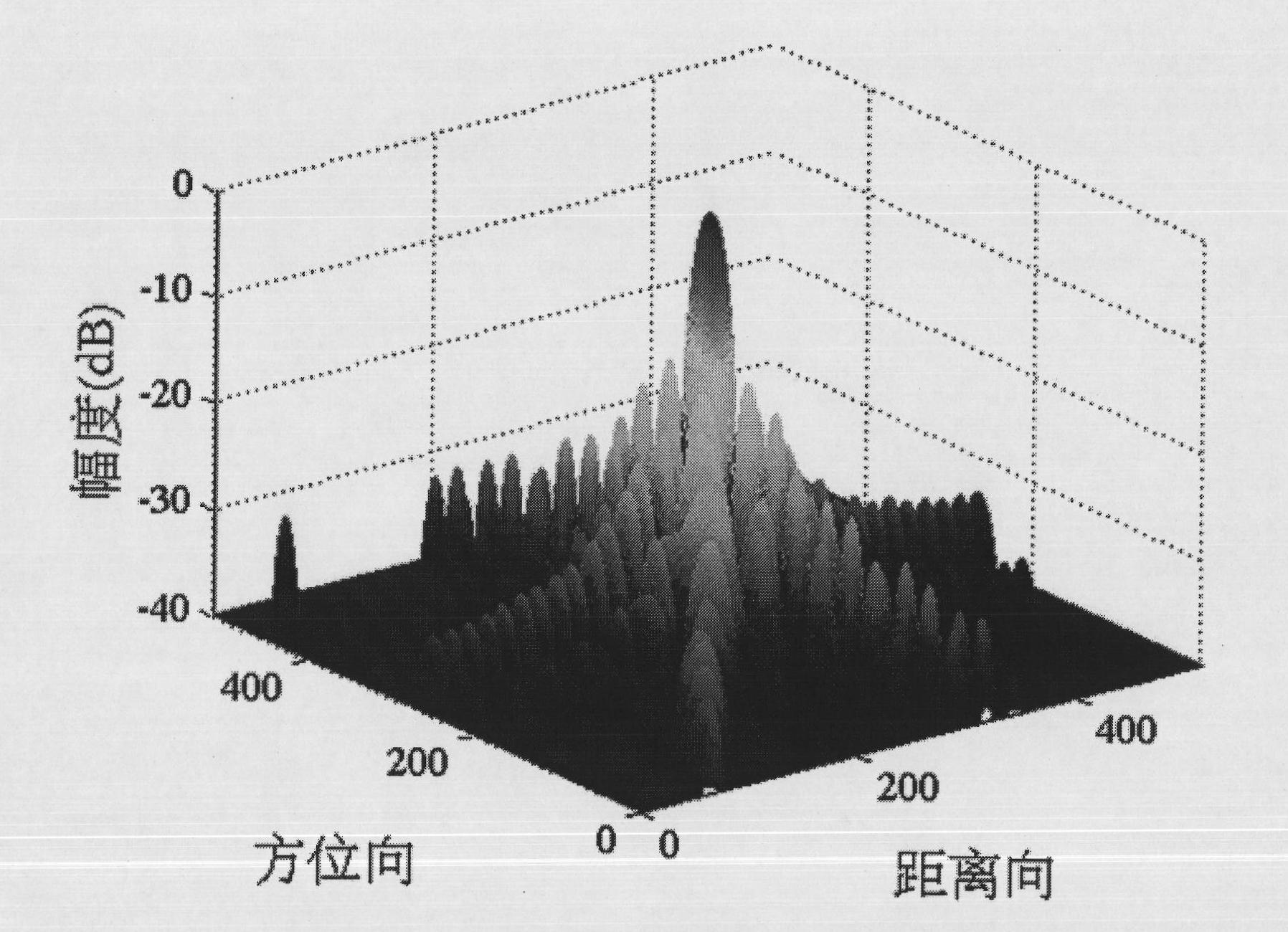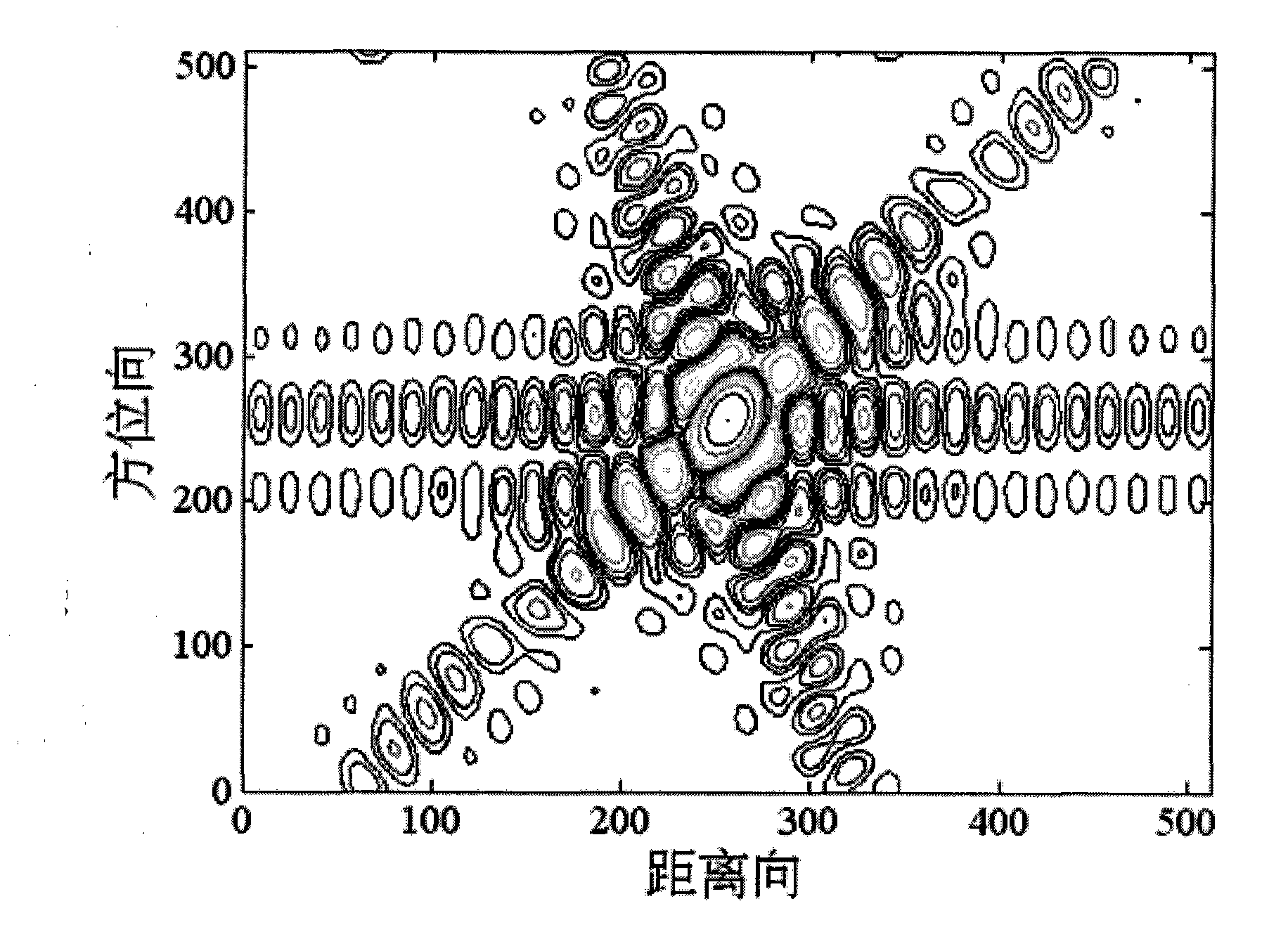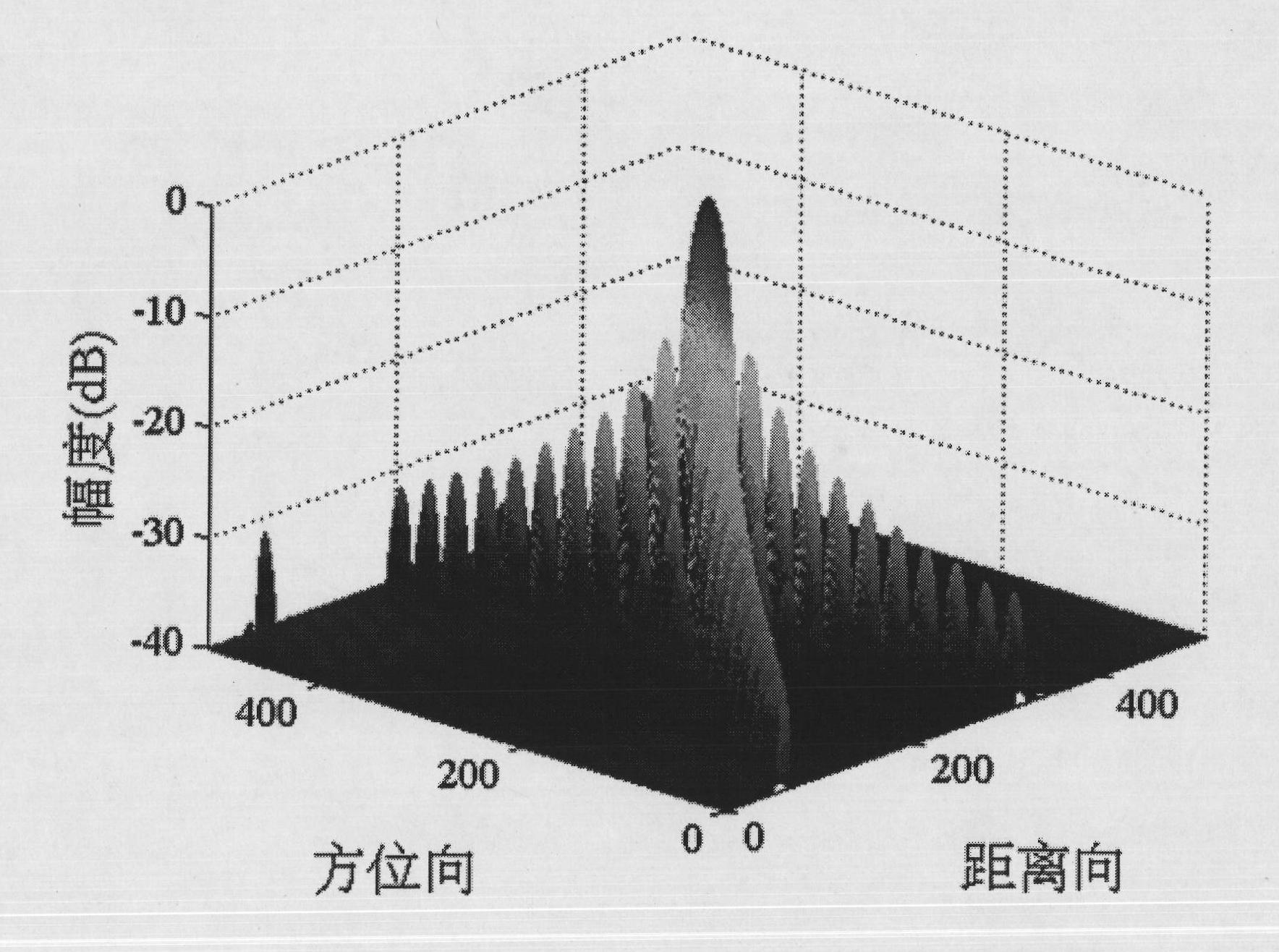Self-adaption two-dimensional interpolation method for synthetic aperture radar point target imaging quality assessment
A synthetic aperture radar and two-dimensional interpolation technology, applied in the direction of measuring devices, using re-radiation, radio wave measurement systems, etc., can solve the problem of non-compensation of squint imaging, difficulty in meeting the requirements of angle measurement, and difficulty in applying SAR points with large oblique angles of view Target imaging quality assessment and other issues to achieve the effect of improving accuracy
- Summary
- Abstract
- Description
- Claims
- Application Information
AI Technical Summary
Problems solved by technology
Method used
Image
Examples
Embodiment Construction
[0021] The present invention will be further described in detail in conjunction with the accompanying drawings and experimental simulation.
[0022] The present invention is an adaptive two-dimensional interpolation method for evaluating the imaging quality of a synthetic aperture radar point target, which is to determine the position Q( After X, Y), take the position of Q(X, Y) as the center, extract l rows and r columns to form the data matrix to be interpolated Then perform two-dimensional fast Fourier transform processing on the MA matrix to obtain a two-dimensional spectrum matrix M B . The present invention is to the said M B The matrix performs adaptive two-dimensional interpolation imaging processing, and its specific steps include:
[0023] Step 100: set range interpolation multiple m=16, select azimuth interpolation multiple n;
[0024] Step 100-1: If the oblique angle is zero, execute step 101, and set the azimuth interpolation multiple n=16;
[0025] Step 100...
PUM
 Login to View More
Login to View More Abstract
Description
Claims
Application Information
 Login to View More
Login to View More - R&D
- Intellectual Property
- Life Sciences
- Materials
- Tech Scout
- Unparalleled Data Quality
- Higher Quality Content
- 60% Fewer Hallucinations
Browse by: Latest US Patents, China's latest patents, Technical Efficacy Thesaurus, Application Domain, Technology Topic, Popular Technical Reports.
© 2025 PatSnap. All rights reserved.Legal|Privacy policy|Modern Slavery Act Transparency Statement|Sitemap|About US| Contact US: help@patsnap.com



